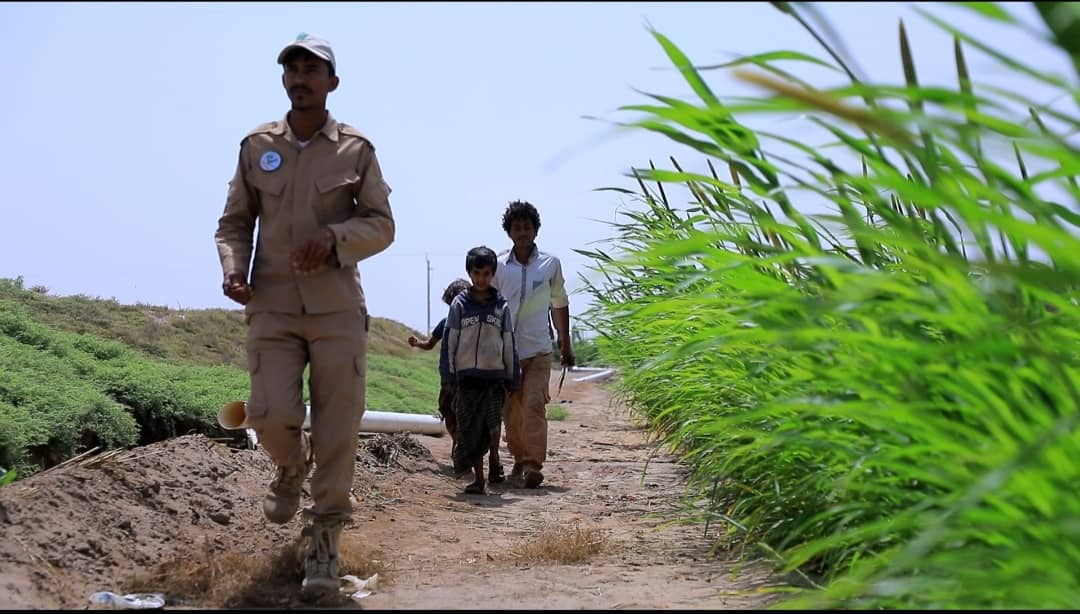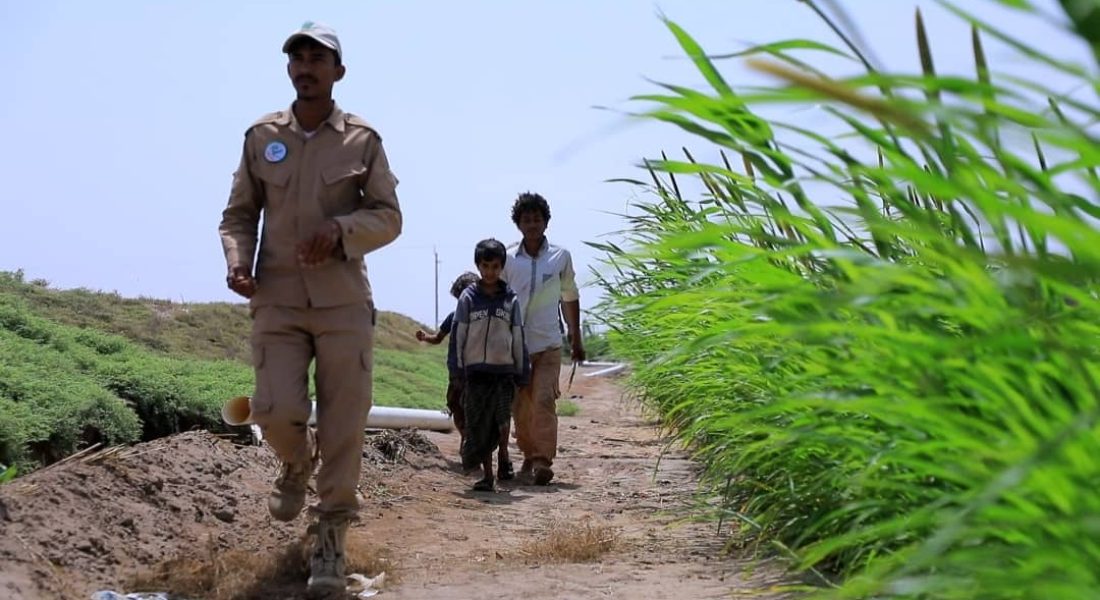
In Yemen, mine action plays a critical role in relation to ensuring humanitarian assistance. Why does it matter so much, and how does it work?
Our Managing Director and Programme Manager Ousama Algosaibi answered: “The real issue in Yemen is that a lot of villages that the Houthis have been in have been laid with mines and IEDs. Inside the homes of those villagers. Additionally, in Yemen, you have dirt roads that lead to those villages. In grazing areas, there are desert tracks that people would have used to take to get from point A to point B. Tracks that lead to those villages have all been mined. Once an accident happens, people will never use that road or track again, so that area is totally cut off until it gets cleared. You cannot provide aid, medicine, food, water or other supplies into areas that are mined or booby-trapped.
“It also means those displaced people cannot go back to those villages even after they are liberated – until those mines and IEDs are cleared. And that’s our role: we have been helping displaced people go back to their villages in liberated areas, after we have cleared them from mines and IEDs. That helps and will help with the refugee issue, and help with the issue of displaced people inside Yemen. Once that is done, everything else can happen: you can provide aid, you can provide food, you can rebuild – but not before those areas are cleared.”
By clearing landmines and other explosive devices Project Masam helps Yemen recover and heal. Since the project was launched in mid-2018, the teams have cleared and destroyed 243, 712 landmines and explosive devices. In the first week of May 2021 alone, Project Masam cleared 2,664 explosive items.

